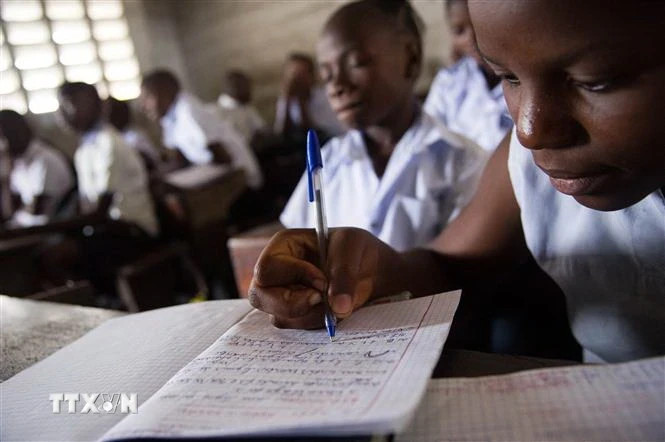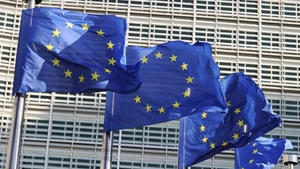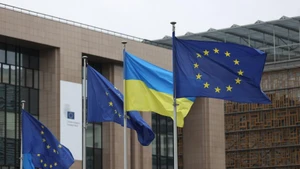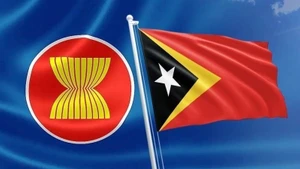According to research by the Global Coalition to Protect Education from Attack (GCPEA), about 6,000 attacks targeting students, teachers, staff in the education sector and schools occurred between 2022-2023, averaging eight attacks per day. What is even more alarming is that the number of attacks increased by nearly 20% compared to the 2020-2021 period, signaling that conflicts remain unresolved, and protective efforts have been ineffective.
Based on data collected from 27 countries, the GCPEA estimates that hundreds of educational facilities have been forced to close temporarily or permanently due to airstrikes, shelling, arson, and looting. In some countries, such as Afghanistan and Nigeria, armed groups have even occupied schools, using them as bases and weapons depots.
According to GCPEA, more than 10,000 students and education workers have been injured, kidnapped, detained, abused, or killed. Many survivors live in fear of returning to school after enduring devastating attacks. In Syria, many children are forced into armed groups while on their way to school. GCPEA’s research indicates that female students and teachers, students with disabilities, and ethnic minorities face higher risks and impacts. In Afghanistan and Pakistan, female students are often targeted by those seeking to prevent them from receiving an education.
The tragic statistics have frequently been reported in the media. Since the outbreak of conflict in the Gaza Strip in October 2023, the total number of schools damaged or destroyed has reached approximately 80%, leaving hundreds of thousands of students out of school. This situation is not limited to the Gaza Strip but also occurs in other conflict zones where violence persists and escalates. Disrupted education forces adolescents and even young children to face a future of hardship, with some being pushed into armed groups or early labour.
Several measures have been implemented by countries, regional, and international organisations to address this issue. The United Nations Educational, Scientific, and Cultural Organisation (UNESCO) provides psychological support for students and teachers affected by conflict, especially in Palestine, Sudan, and Ukraine. To ensure education continues when schools are closed due to security reasons, UNESCO offers alternative solutions such as online learning. UNESCO also collaborates with partners to improve data collection on attacks, aiming to enhance prevention efforts. Despite these efforts, UNESCO has recently sounded the alarm about the increasing impact of conflict on education in many countries.
Expressing concern over this situation, United Nations Secretary-General António Guterres emphasised that those caught in the cycle of conflict, including children and adolescents, endure immeasurable losses. In his message on the International Day to Protect Education from Attack (September 9), the UN leader reminded the world of the consequences of conflict on individuals’ physical, mental, and emotional well-being. Guterres affirmed that access to education is a fundamental right of every child and adolescent, no matter where they are.
Therefore, the UN Secretary-General called on countries to mobilise all resources to invest in the development and protection of education, while holding attackers accountable. He also urged nations to support the GCPEA and implement the Safe Schools Declaration, an intergovernmental commitment established in 2015 to protect students, teachers, and schools from the effects of conflict. As Guterres stated, this effort must ensure that children and adolescents are not hindered from attending school, even during times of crisis and after the end of conflicts.
















